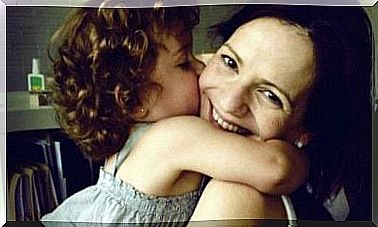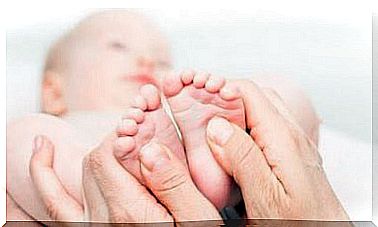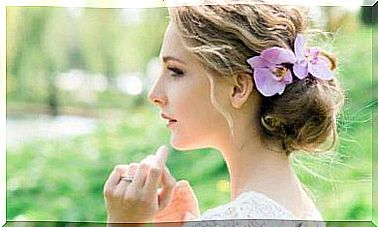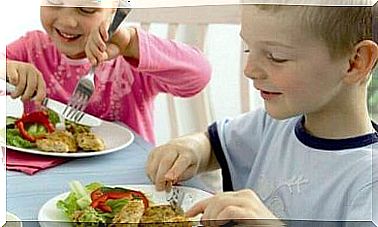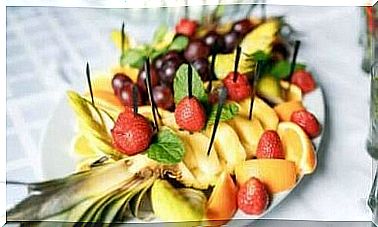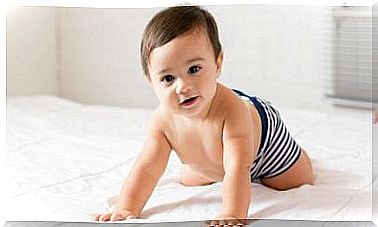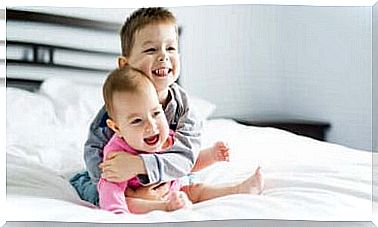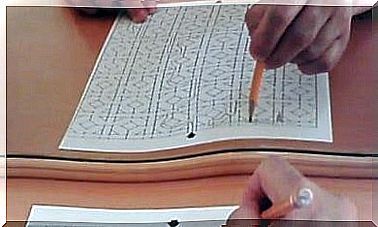The Treasure Basket: A Stimulating Activity For Babies
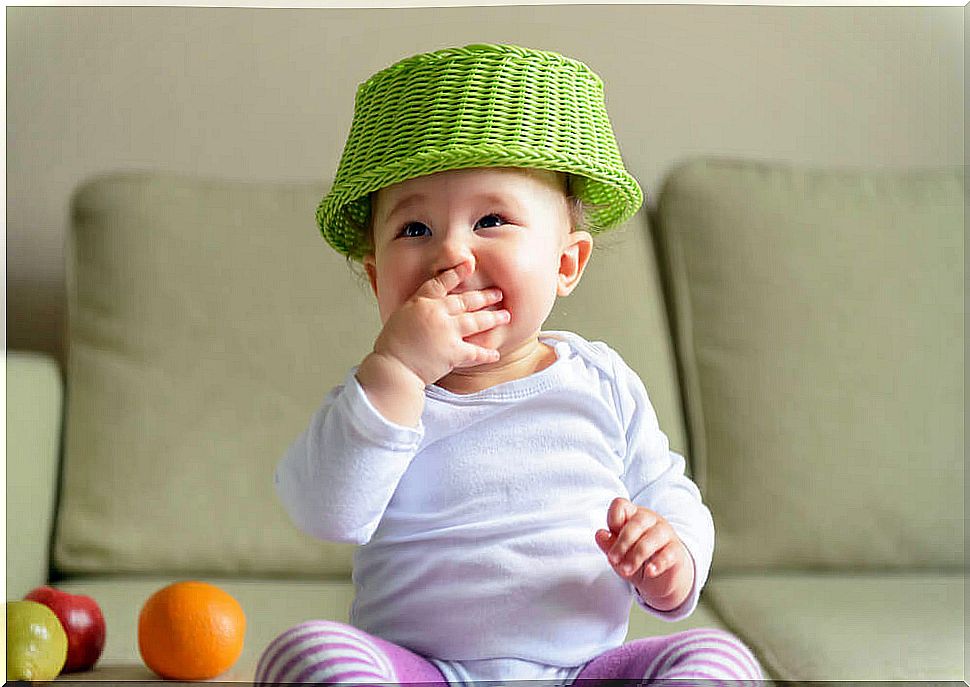
Between the ages of 6 and 12 months, infants begin to sit up on their own and develop their motor skills and coordination. Whether it is at home or at preschool, we can offer them an activity that gives them opportunities to explore freely. In today’s article, we introduce the “treasure basket”, after the English treasure basket .
Treasure basket: An activity for babies
The English educator Elinor Goldschmied created the idea of the treasure basket for babies between 6 and 12 months. This basket is full of various objects and materials that babies are free to explore and play with. The activity stimulates their sensory perception, as children use their five senses to examine everything in the basket.
The choice of objects, materials and shapes that you include in your treasure basket is important as they should be able to fulfill the goal of the activity, which is to stimulate, maximize and develop a child’s senses…
- Feeling: shape, weight, temperature, structure, etc.
- Smell and taste: a variety of aromas and flavors
- Hearing: jingling, percussion, friction, bumps, absence of sound, etc.
- Sight: color, volume, size, brightness, etc.
Create your own treasure basket
It is not at all difficult to make your own treasure basket. All you need is a basket and various everyday items that you have at home.

The basket should be low, preferably braided and without handles. Inside you place objects that are made of different materials – wood, fabric, yarn, metal, leather, cardboard, paper and also natural things such as fruit, shells, cork, etc…
According to Goldschmied, the creator, you should not use any plastic items or toys that come from a store. These objects do not offer much of a sensory experience, and children quickly lose interest in them.
You should also renew the items in the basket from time to time, replace or add new items. In this way, the experience becomes more enriching, and your child does not lose interest. Of course, you should always be careful about the safety and hygiene of every thing you put there.
Below you will find a list of some groups of materials that you, according to Goldschmied, can include in your treasure basket:
- Natural objects: stones, shells, cones, corks, feathers, apples…
- Objects made of natural materials: ball of yarn, shoe brushes, make-up brushes…
- Wooden objects: wooden spoon, clothespin, pepper mill, tambourine…
- Metal objects: spoon, keys, harmonica…
- Items made of leather, fabric, rubber, mesh: leather coin bag, ball, a fragrant mesh bag…
- Paper and cardboard objects: book, paper tubes, glossy paper, photos of famous people or objects…
Aspects that benefit from playing with the treasure basket
The treasure basket offers babies many objects and materials to explore and play with. Therefore, the activity stimulates their development in many different ways:
- Motor exercise. Benefits both fine and gross motor skills. Infants practice fine motor skills when handling various objects, and gross motor skills when they move to reach them.
- Curiosity to explore. The activity encourages infants to explore without the intervention of an adult. They get the chance to manifest their preferences and peculiarities in their ways of interacting with the objects.
- Stimulation and sensory development. Infants can examine the objects, lick them, turn them over in their hands, strike them, etc.… By doing so, they discover the objects’ weight, size, shape, structure, sound, smell, etc.

- Improves various coordination skills: Hand-eye, hand-mouth and balance.
- Develops the ability to concentrate. Young children spend a lot of time focusing on the activity while they investigate, manipulate, lick, hit and listen to the various objects.
The role of educators and parents
The role of teachers and parents here is to guarantee the safety of the child and to pay close attention. A look, a small gesture of affection, a smile… It is enough to initiate contact with the child and give him or her security and freedom to enjoy the discovery.
Although it may seem difficult, adults should not interfere in the activity. You should not offer children objects or help them grab or reach them. In addition, according to the creator, you should not initiate dialogue, as it distracts from the game.
In addition, the pre-verbal sounds that infants make during the activity play an important role in the development of language. You should only act if you see that your child may be harmed.
When you see that the child is tired or loses interest in the game, remove the basket. You do not have to set a specific time for play – let the child decide how long he or she wants to play.
